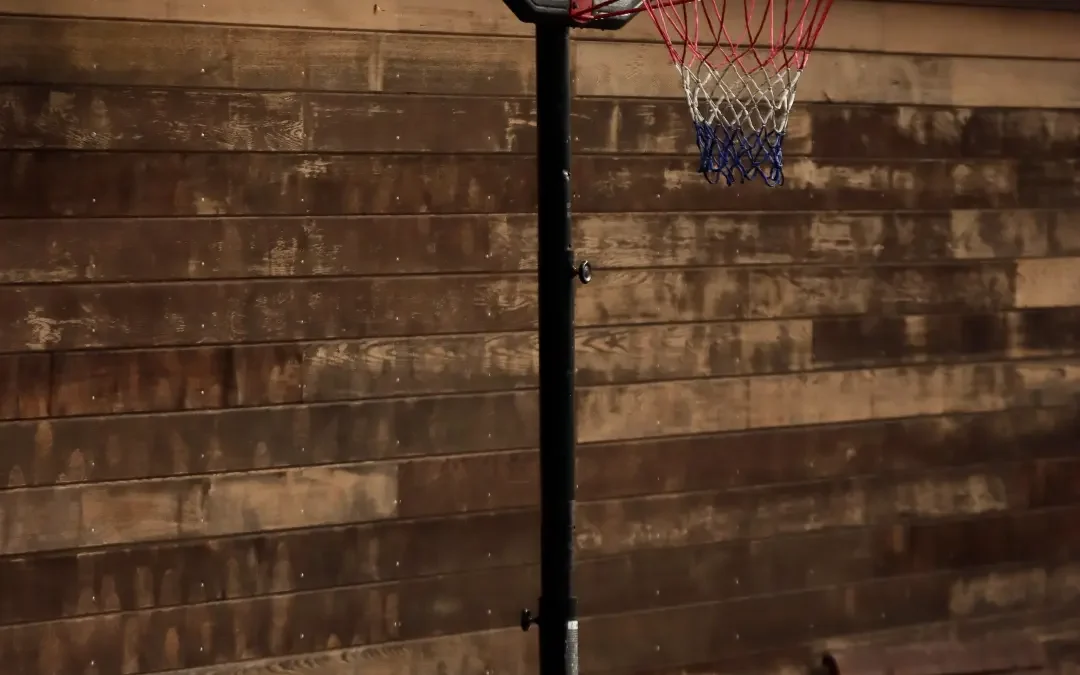Huddle Introduction on Understanding Basketball Hoop Height and Reach Measurements
Welcome to our comprehensive guide on understanding basketball hoop height and reach measurements! Whether you’re a seasoned player or a passionate fan, knowing the ins and outs of these crucial aspects of the game can greatly impact your basketball experience. In this article, we’ll dive into frequently asked questions about basketball hoop height, standing reach, and everything you need to know about making those spectacular dunks. Let’s get started!
Basketball Hoop Height
Q: What is the standard basketball hoop height in the NBA?
A: The standard basketball hoop height in the NBA is 10 feet (3.05 meters) above the floor. This height has been the regulation since the inception of professional basketball and is used in most competitive leagues worldwide.
Q: Are there different hoop heights in other basketball leagues?
A: Yes, various basketball leagues may have slightly different hoop heights. For instance, high school basketball courts often use a hoop height of 10 feet, while younger age groups may use adjustable hoops with lower settings.
Q: How can I measure the height of a basketball hoop?
A: To measure the height of a basketball hoop accurately, you can use a measuring tape or laser level. Stand directly under the hoop and measure the distance from the top of the rim to the floor.
Please note that Huddlecourt and its content providers may receive compensation for some links to products and services featured on this website. Rest assured that we have handpicked these products to provide you with the best options available.
Reach Measurements
Q: What is standing reach, and why is it important?
A: Standing reach refers to the highest point a player can reach while keeping both feet flat on the ground and extending their arm upward. It’s a critical measurement to assess a player’s potential for rebounding, shot-blocking, and, most importantly, dunking.
Q: How do NBA teams measure standing reach for players?
A: NBA teams use a standardized process to measure players’ standing reach during pre-draft workouts. Players stand against a wall with a measuring stick, and their reach is recorded by how high they can touch on the stick.
Q: Can standing reach affect a player’s dunking ability?
A: Absolutely! A player’s standing reach is a crucial factor in determining whether they can dunk or how high above the rim they can reach. Players with higher standing reaches have an advantage in achieving more spectacular dunks.
More Basketball Content on Huddlecourt
Click here to read more and discover why the NBA is taking the baseball world by storm. Let the excitement begin!
Dunking and Hoop Height
Q: Is it necessary to have a certain standing reach to dunk?
A: While there’s no specific standing reach requirement for dunking, a higher standing reach certainly makes it easier to reach the rim and execute dunks. However, many players with lower standing reaches have perfected their vertical jumps to achieve breathtaking dunks.
Q: How can I improve my vertical jump to increase my dunking abilities?
A: Improving your vertical jump involves targeted exercises such as plyometrics, squats, and jump training. Working on lower body strength and explosiveness can significantly enhance your ability to elevate for dunks.
Q: Are there specific regulations for hoop height in dunk contests?
A: Dunk contests often feature lowered hoop heights to allow for more creative and intricate dunks. However, the specific regulations may vary depending on the event’s rules and organizers.
Conclusion
Understanding basketball hoop height and reach measurements is vital for players, coaches, and fans alike. It influences the way the game is played and celebrated through breathtaking dunks. By knowing the regulations and techniques related to hoop height and standing reach, players can strive to achieve new heights in their basketball journey. So, let’s hit the courts, work on our jumps, and celebrate the magic of the game!
We hope this article has provided you with valuable insights into these essential aspects of basketball. If you have any more questions or need further guidance, feel free to explore our other articles on basketball-related topics. Happy dunking and enjoy the game!



